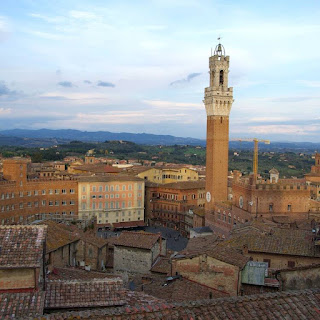Unfortunately, several of the lords who had supported Richard—and been demoted under the new King Henry IV—planned to murder Henry and restore Richard. Their plot was foiled and the actors executed without trial, but it showed the danger in allowing Richard to be free and the focal point of rebellion.
He was incarcerated in Pontefract Castle around St. Valentine's Day 1400. The constable of Pontefract was Thomas Swynford, a son of Katherine Swynford's first marriage before she married Henry's father John of Gaunt. It is assumed that he died of starvation, possibly self-inflicted. On 17 February his body was displayed in St. Paul's Cathedral—we don't know when he really died, of course—and then interred on 6 March at King's Langley Priory, a Dominican establishment near one of the royal palaces in Hertfordshire. He was only 33.
Despite the public display of the body, there were always rumors that he was still alive. The Duke of Albany in Scotland hosted a man claiming to be Richard at Stirling Castle. He was the catalyst for conspiracy theories in England about Lancastrian intrigues and even some Lollard rumors. Henry's administration simply ignored the rumors right up to the man's death in 1419, but the Dominican friary in Stirling buried him as a king.
Henry IV's son became Henry V in March 1413, and felt the need to atone for his father's usurpation and treatment of Richard. In December of 1413 he re-interred Richard's body from King's Langley to Westminster Abbey as befitted a king of England. There was already a spot for him there, in the elaborate tomb he had made for himself and his wife, Anne of Bohemia.
Let's get away from kings and killing for a bit (well, not completely, as you will see), and talk about the history of Pontefract Castle. I hope you'll check back tomorrow.



























